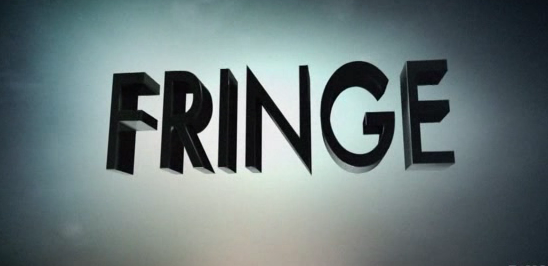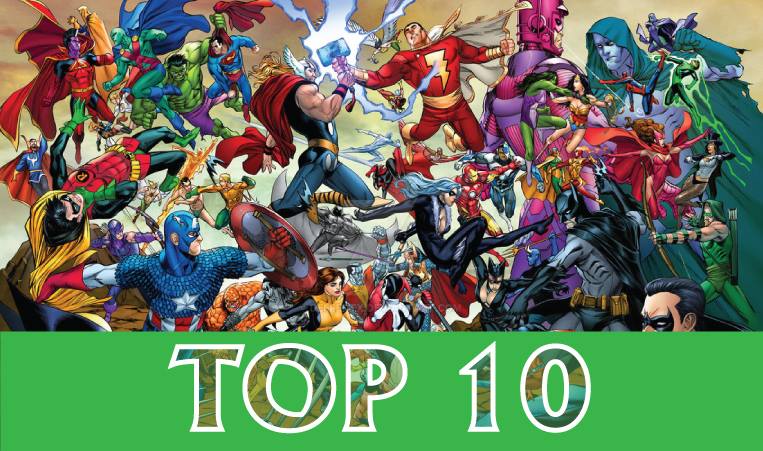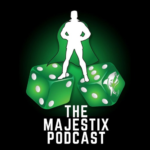Hello and welcome to this latest installment of “Why Don’t I Play This Piece?” This week, I will be going over another favorite piece of mine, WF030 The Wizard. While he does not appear to be worth noting when first looking at him, he has several abilities that make him shine. I will endeavor to show you why this unassuming 50pt piece deserves a spot on your competitive team, whether that is a Mystical themed team or a non-theme team.
I will also note that from this week and on, I will be going over any Additional Team Abilities (ATAs) that the figure of the week has access to, assuming that playing a Themed Team using them is viable.
The Wizard has one Trait and one Special Power in his Speed slot.
POOF!: The Wizard can use Shape Change. When he uses Shape Change and succeeds, you may place him within 4 squares and in the square he previously occupied immediately place a Tiger bystander.
Even without the Tiger bystander, this trait is both an effective defensive ability as well as useful for re-positioning for multiple possible purposes. In addition to being able to place the Wizard in a more tactically important square, the Poof Trait can also be used to hinder your opponent’s plans. If The Wizard is being targeted with a range attack and rolls Shape Change, you could theoretically place Wizard in a square adjacent to the attacker, at which point they can’t make any attack at all (assuming they don’t have the necessary Improved Targeting to do so). Making the Tiger bystander token on top of a successful Shape Change roll is quite useful, even if the Tiger is then immediately KO’d. The opportunity for your opponent to miss the attack on the threat that the Tiger presents is intimidating and can put your opponent on tilt when they see a 0 point Blades/Claws/Fangs character suddenly appear. Regardless, forcing your opponent to make and essentially waste an attack on a 0 point character is almost always a good thing.
The Wizard also has a special Movement Power for his first 3 clicks:
ILLUSIONS HIDE YOUR TRUE SURROUNDINGS: When The Wizard is occupying hindering terrain or adjacent to blocking terrain, The Wizard can’t be targeted by non-adjacent opposing characters.
This ability, unique to The Wizard, is the important ability that makes him shine. While similar in function to Stealth, there are some key differences that make the special power better than Stealth. He is unable to be targeted by anything from an opposing character that is not adjacent to him, outside of Pulse Wave. Also, since he can’t be targeted, and area of effects target, he is also unable to be targeted by an attack from Colossal Retaliation, assuming that the character is not adjacent, and he also cannot be attacked using Giant Reach. Although his defense numbers are on the low side, his defensive capabilities more than make up for it. His trait and special power combined can give him protection from being attacked, so he can do what he’s supposed to as a support piece and tertiary attacker while not being an easy target.
The Wizard’s only other movement power is Mind Control in his late dial, while he also has Empower or Enhancement, so in addition to increasing your friendly character’s damage values, he can also make the characters that he uses Mind Control on hit better.
His damage slots are a grab bag of support powers, with each of his 5 clicks having a different and useful support power. He starts off with the very important Probability Control, then getting Outwit on click 2, so he can easily push to get whatever you need. He then gets Perplex, Enhancement, and Empower in that order.
Overall, The Wizard is a great support piece with solid defensive capabilities and the very important Probability Control or Outwit. For the 50 point investment, you get key support powers and the decent offensive capabilities to have a very useful tertiary attacker as well. He has a decently long dial, so even when he is attacked, he will not be one-shotted and will have a fair amount of opportunities to make Tigers.
The Wizard’s two named keywords allow him to use one of two different ATAs. He can use the “Monster Society of Evil” ATA or the “The Society” ATA.
This ATA is useful and has been played competitively in the past, such as in George Massu’s 2012 World Championship team. It can be worth using if you have the extra points, especially with The Wizard’s powers. If he has Probability Control, he can use it to reroll the D6 for the ATA, and if he is on click #2 with Outwit, he can counter defensive powers and then use the effect of the ATA.

The Society ATA is not worth using for a support piece like The Wizard, especially since it can’t be used by wild cards. He will mostly be immune to Outwit anyway, with his movement Special Power. While The Society ATA is not worth using, he has several keywords that are worth using theme teams with, so using The Monster Society of Evil ATA could be a good use of points if you a few extra. The damage will be useful on a piece who will have to be based by opposing characters to be attacked.
While Injustice Society and Secret Society of Super-Villains are not necessarily the best themed teams to play, The Wizard is a Mystical character, and that keyword continues to be viable and a threat in the modern competitive scene. Past has also become a solid team, with such pieces as 056 Nick Fury, Jenny Sparks, and prime Peggy Carter. There are certainly some very viable keywords that welcome the addition of The Wizard.
For The Wizard’s competitive build, I’ve decided to go with a Past themed team:
(Past Theme)
The Wizard 50
Devil Dinosaur 100
Rick Jones 75
Jean Grey 50
Avengers Round Table 25
-The Atom
-Superman
-S.H.I.E.L.D. Level 7
-011 Bucky Barnes
Sideline: The Atom 15, Superman Blue 50, Red Son Superman, TW Superman, Peggy Carter, NFAOS SR Hulk, SR Nick Fury 120, NFAOS010 Bucky, NFAOS024 Winter Soldier
This team features as many bystanders as possible with offensive capability within the keyword. They also work well in conjunction with the Avengers Round Table to have the dial turn as fast as possible when they are KO’d. The main strategy with the team is to utilize Jean Grey’s free action Telekinesis to position the bystander tokens, who then do the heavy lifting. The ideal scenario for the team is for Devil Dinosaur to use The Atom ID card’s Inspiration through the Round Table’s “Lending Moral Support”. He would become tiny sized and to be able to be the target of Jean Grey’s Telekinesis and then make his bystander tokens within attacking distance. The Wizard will mostly serve as the team’s Probability Control, tertiary attacker, and occasional user of ID cards.
The Superman card will mostly be used to call in Superman Blue to protect the mass number of bystander tokens from Pulse Wave, or if you choose, a longer-term payoff with Avengers Assemble. The rest of the ID cards are tried and true, and can be low enough points for Devil Dinosaur to call in alongside his bystanders.
I hope that I’ve demonstrated that The Wizard can be a solid support piece to add onto a team, whether that’s being a part of a Mystical themed team, Past, or a non-themed team. Whether you’re trying out the Wizard or another piece that’s new to you, I wish you the best of luck trying out that fringe piece!







